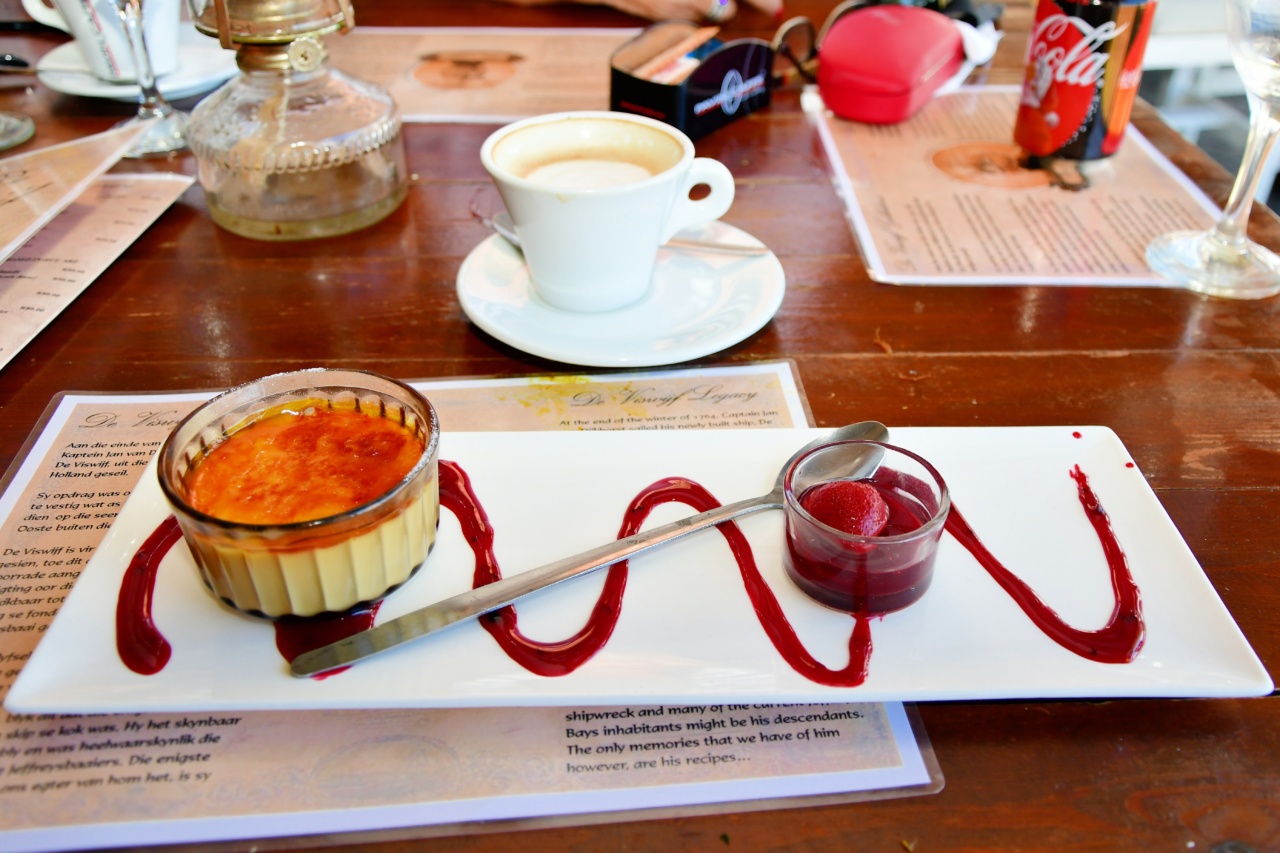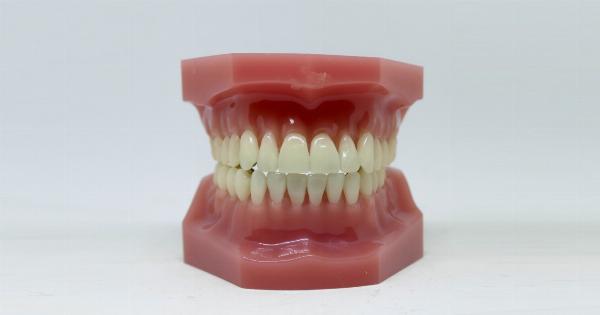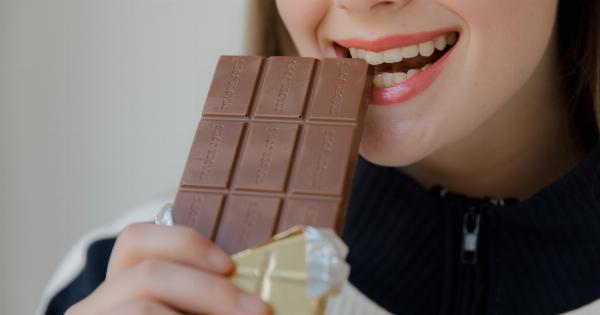Having a bright and white smile is often associated with good dental hygiene and overall oral health. However, various factors can contribute to the darkening of teeth, including certain foods and drinks.
While it’s important to indulge in a diverse diet for nutrition, being aware of the potential effects on your teeth is crucial. In this article, we will explore some common foods and beverages that can darken your teeth and discuss the reasons behind these stains. Understanding these factors can help you make informed choices and maintain a dazzling smile.
The Role of Pigmented Compounds
Many foods and beverages contain pigmented compounds that can lead to tooth discoloration. These compounds, also known as chromogens, have strong color properties and can easily bind to tooth enamel. Over time, this can result in noticeable stains.
Some common chromogens found in food and drinks include:.
- Tannins: Found in beverages like tea and coffee, as well as some fruits like grapes.
- Anthocyanins: Present in vividly colored fruits such as blueberries, blackberries, and cherries.
- Curcumin: A bright yellow compound found in turmeric, commonly used in Indian and Asian cuisines.
- Carotenoids: These yellow and orange compounds are found in foods such as carrots, oranges, and squash.
Coffee and Tea
For many individuals, starting the day off with a cup of coffee or tea is a habit. Unfortunately, both of these beverages contain tannins, which can lead to tooth staining.
Tannins are soluble plant compounds that can adhere to the enamel surface and cause discoloration. Additionally, coffee is naturally acidic, which can erode the protective layer of enamel and expose the underlying dentin.
Dentin is naturally darker and, when exposed, can contribute to a yellow or brown appearance of the teeth.
To minimize the staining effects, consider drinking coffee and tea through a straw, as it directs the liquid past the front teeth. Additionally, rinsing your mouth with water after consumption can help wash away the pigmented compounds.
Red Wine
While red wine, with its rich flavor and aroma, is a popular choice for many, it is a major culprit when it comes to tooth discoloration.
Red wine contains both chromogens and tannins, making it more likely to stain teeth compared to other alcoholic beverages.
Similar to coffee and tea, red wine’s acidity can also compromise enamel, leading to discoloration. It is advised to drink water alongside red wine to rinse away the compounds and minimize their impact on tooth color.
Berries
Fresh and delicious, berries are packed with vitamins and antioxidants. However, their vibrant colors are a result of anthocyanins, which can stain teeth.
Blueberries, blackberries, and cherries are particularly notorious for leaving stains due to their deep hues.
You can still enjoy these nutritious fruits while minimizing their staining effects. Keep in mind that chewing or crushing the berries releases more pigments, so it’s advisable to brush your teeth shortly after consuming them.
This prevents the compounds from lingering on the enamel and causing stains.
Turmeric
Turmeric, a commonly used spice in various cuisines, offers a plethora of health benefits. However, its bright yellow color is due to a compound called curcumin, which can stain teeth.
When consuming dishes that contain turmeric, it is recommended to incorporate other tooth-friendly ingredients that can help counteract its staining effects.
For example, including raw vegetables like broccoli or celery in the same meal can help remove some of the staining compounds from the teeth.
Citrus Fruits
While citrus fruits like oranges, lemons, and grapefruits are packed with vitamin C and offer numerous health benefits, they also contain acid that can erode enamel over time.
As the protective layer of enamel wears down, the natural yellower shade of dentin becomes more visible.
Moderation is key when consuming citrus fruits to maintain optimal dental health. Drinking water or rinsing your mouth with water after consuming citrus can help neutralize the acids and protect your enamel.
Other Foods and Drinks to Consider
Although coffee, tea, red wine, berries, turmeric, and citrus fruits are common culprits for tooth staining, they are not the only ones. Several other foods and drinks can impact the color of your teeth:.
- Soy sauce: This dark-tinted sauce contains compounds that can darken teeth.
- Balsamic vinegar: Its dark color and acidic nature can contribute to tooth staining.
- Tomato sauce: With its rich red hue and acidity, tomato sauce can cause discoloration over time.
- Cola and dark sodas: The combination of chromogens and acids in these beverages can lead to noticeable stains.
- Beets: Although they offer several health benefits, beets can leave a temporary stain on teeth due to their intense pigment.
Practicing good oral hygiene, such as regular brushing and flossing, can mitigate the effects of tooth staining caused by these foods and drinks.
Taking Preventive Measures
While it may not be practical to completely eliminate tooth-staining foods and drinks from your diet, there are proactive measures you can take to minimize their effects:.
- Drink water: Swishing water in your mouth after consuming stain-causing foods and drinks can help wash away pigmented compounds and reduce their contact with your teeth.
- Use a straw: When possible, drink staining beverages through a straw to minimize their contact with the front teeth.
- Brush and floss: Keeping up with a regular oral hygiene routine is crucial for removing surface stains and preventing their buildup.
- Chew sugarless gum: Chewing sugarless gum stimulates saliva production, which can help neutralize acids and wash away pigments.
- Regular dental cleanings: Professional dental cleanings can effectively remove stubborn stains and brighten your smile.
By implementing these preventive measures and maintaining good oral hygiene practices, you can continue to enjoy a wide variety of foods and drinks without sacrificing the whiteness of your smile.


























